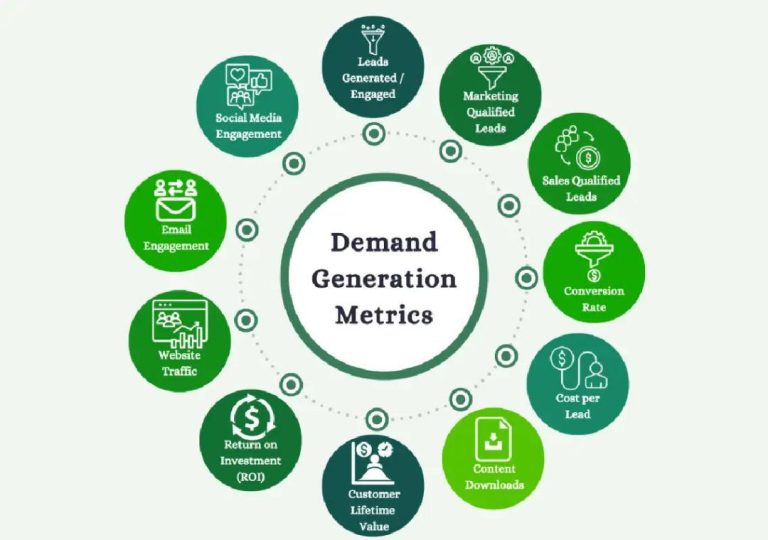
Insta Grabs Attention Fast; FB Builds Lasting Community & Loyalty
In the world of social media, two platforms stand out among the rest: Instagram and Facebook. While both are popular ways to connect with friends, family, and brands, they serve different purposes and cater to distinct user preferences. Instagram is ideal for grabbing attention quickly, whereas Facebook is better suited for building lasting community and loyalty.
In this blog post, we’ll dive into the differences between Instagram and Facebook, exploring what makes each platform unique and how businesses can leverage them to achieve their marketing goals.
Instagram: The Attention-Grabber
Instagram is a visual-centric platform, where users are bombarded with a constant stream of images and videos. This fast-paced environment is designed to capture attention quickly, making it perfect for short-term marketing campaigns. With Instagram, you can:
- Post high-quality visuals that stop users in their tracks
- Utilize hashtags to increase discoverability and reach a wider audience
- Leverage Instagram Stories and Reels to share behind-the-scenes content, sneak peeks, and exclusive deals
- Engage with users through comments and direct messages
The fleeting nature of Instagram content ensures that your post will only be visible for a short period. This limited shelf life can be both a blessing and a curse. On one hand, it means that your content will be seen by a large audience, increasing the chances of going viral. On the other hand, it can be challenging to maintain a consistent flow of engaging content to keep users coming back for more.
Facebook: The Community Builder
Facebook, on the other hand, is a platform that fosters dialogue and community engagement. With a focus on longer-form content and discussions, Facebook is perfect for building lasting relationships with your audience. Here are some ways to leverage Facebook for community building:
- Share in-depth content, such as blog posts, videos, and podcasts, that encourage users to engage with your brand
- Utilize Facebook Groups to create a space for users to connect with each other and share their experiences
- Encourage comments and discussions by asking questions and seeking feedback
- Share user-generated content to showcase your brand’s community and spark conversations
The beauty of Facebook lies in its ability to create a sense of belonging among users. By fostering a community, you can build brand loyalty and encourage users to become long-term advocates. Facebook’s commenting system and sharing features allow users to engage with your content for extended periods, extending the shelf life of your posts.
Why Businesses Need Both
So, why do businesses need both Instagram and Facebook? The answer lies in the unique strengths of each platform. Instagram is ideal for:
- Grabbing attention quickly with visually appealing content
- Creating a buzz around new products or services
- Driving website traffic and sales
On the other hand, Facebook is perfect for:
- Building a loyal community around your brand
- Encouraging user-generated content and engagement
- Fostering brand recall and loyalty
By leveraging both platforms, businesses can achieve a balanced marketing strategy that combines the immediacy of Instagram with the stickiness of Facebook. This approach ensures that your brand is top of mind, whether users are scrolling through their feeds or engaging with your community.
Conclusion
In conclusion, Instagram and Facebook are two platforms that cater to distinct user preferences and goals. While Instagram is ideal for grabbing attention quickly, Facebook is better suited for building lasting community and loyalty. By understanding the unique strengths of each platform, businesses can develop a marketing strategy that leverages the best of both worlds.
Remember, the key to success lies in finding a balance between the two platforms. By combining the immediacy of Instagram with the stickiness of Facebook, you can build brand recall, drive engagement, and foster a loyal community around your brand.
Sources:






